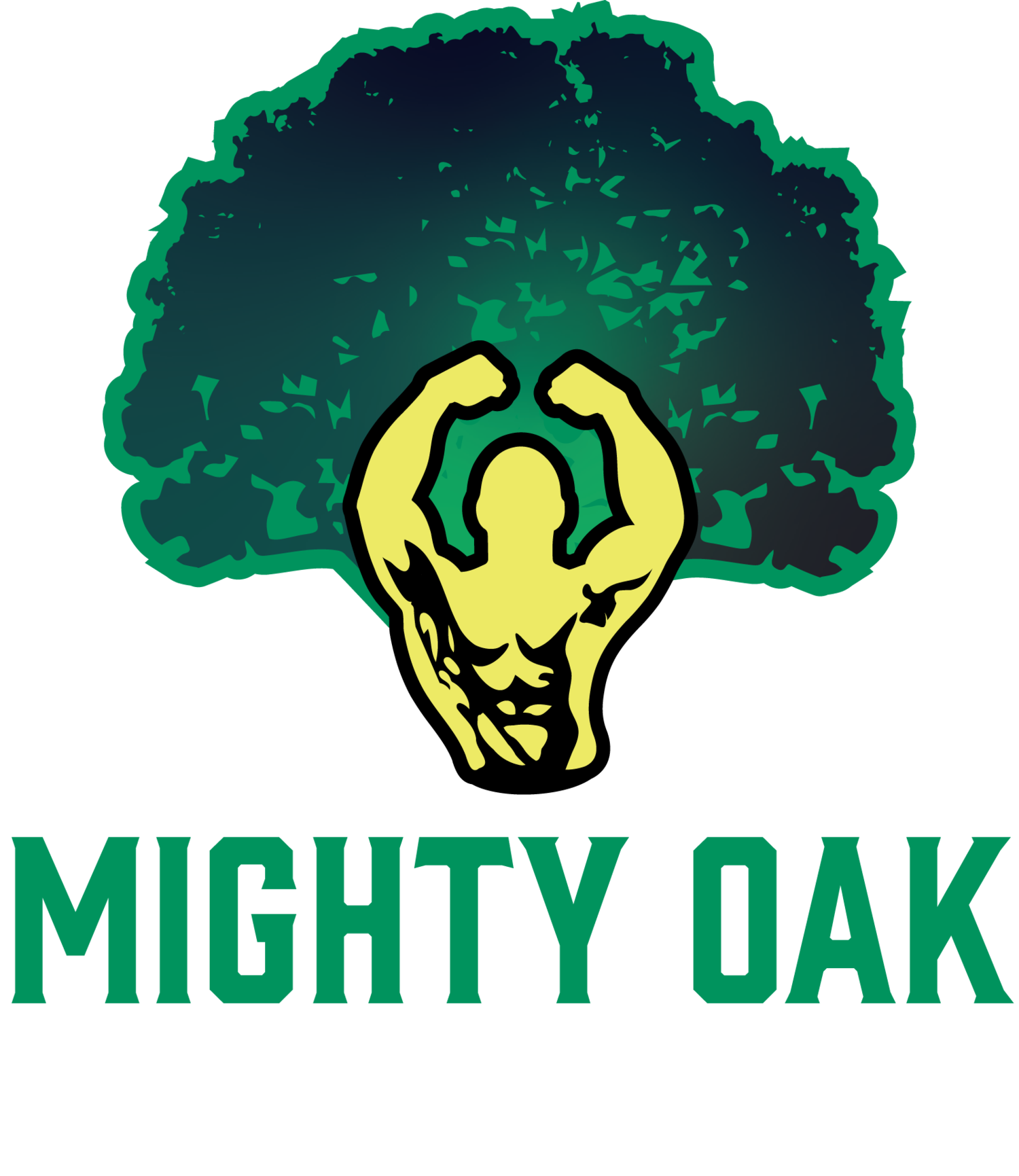The Ultimate Athlete's Workout: At-Home Strength and Conditioning Training for Student Athletes
Strength and Conditioning for Student Athletes: A Path to Enhanced Performance and Injury Prevention
Strength and conditioning training is integral to the comprehensive development of student athletes, offering myriad benefits that extend far beyond the playing field. This essay delves into how strength and conditioning programs enhance sports performance, with a focus on specific examples related to various sports and sports movements. It also highlights the pivotal role of such training in injury prevention, tailored to particular sports. Finally, we provide an accessible at-home training program that requires no equipment, ensuring student athletes can maintain their conditioning, even outside the gym.
Enhancing Sports Performance Through Strength and Conditioning
Strength and conditioning programs are meticulously designed to improve the physical capabilities of student athletes, directly impacting their sports performance. For instance, in sports like basketball and volleyball, vertical jump is a critical skill. Plyometric training, a component of strength and conditioning, has been shown to significantly increase vertical jump height. This is due to the improvement in lower body strength and explosive power, enabling athletes to perform better in jump-intensive movements.
Similarly, in track and field, sprinters benefit immensely from strength training, particularly exercises that target the glutes, hamstrings, and quadriceps. Enhanced muscle strength and power in these areas can lead to faster acceleration and overall sprint speed, directly impacting race performance.
In team sports such as soccer and football, agility and endurance are vital. Strength and conditioning training that focuses on core strength, leg strength, and cardiovascular conditioning can improve an athlete's ability to perform high-intensity, multidirectional movements, while also enhancing their stamina over the duration of a game.
Injury Prevention Through Targeted Training
One of the most significant benefits of strength and conditioning for student athletes is the reduction in the risk of sports-related injuries. For example, anterior cruciate ligament (ACL) injuries are common in sports that involve sudden stops and changes in direction, such as soccer and basketball. Strength training that targets the muscles surrounding the knee, like the hamstrings and quadriceps, can provide increased stability and support to the knee joint, thereby reducing the likelihood of ACL injuries.
Shoulder injuries are prevalent in sports that involve overhead motions, such as swimming and baseball pitching. Incorporating exercises that strengthen the rotator cuff and scapular stabilizers can help in preventing such injuries by ensuring proper shoulder mechanics and reducing the strain on the shoulder joint during overhead activities.
At-Home Training Program for Student Athletes
Recognizing the challenges of maintaining conditioning outside a traditional gym setting, here is an effective at-home training program designed for student athletes, requiring no equipment:
1. Squats: A foundational exercise that targets the lower body, enhancing strength and stability. Squats improve power and explosiveness, beneficial for virtually all sports. Perform 3 sets of 12-15 repetitions.
2. Push-Ups: This exercise strengthens the chest, shoulders, and triceps, crucial for sports that require upper body strength, such as swimming and basketball. Aim for 3 sets of 10-15 repetitions, adjusting the number based on your fitness level.
3. Shoulder Tap: A strong core is essential for stabilizing the entire body, improving athletic performance, and preventing injuries. Hold a plank position for 30 seconds to 1 minute, performing 3 sets.
4. Glute Bridges: Targeting the glutes and hamstrings, this exercise supports lower back health and enhances power in lower body movements. Complete 3 sets of 12-15 repetitions.
5. Cardiovascular Conditioning (High Knees or Plyometric Jumps): These movements improve cardiovascular health, agility, and explosive power. Perform high knees or plyometric jumps for 30 seconds to 1 minute, aiming for 3-5 sets.
Incorporating this at-home training program into their routine can help student athletes maintain their conditioning, enhance sports performance, and prevent injuries, all without the need for specialized equipment. By dedicating time to strength and conditioning, student athletes can unlock their full potential, achieving both personal and team success.
